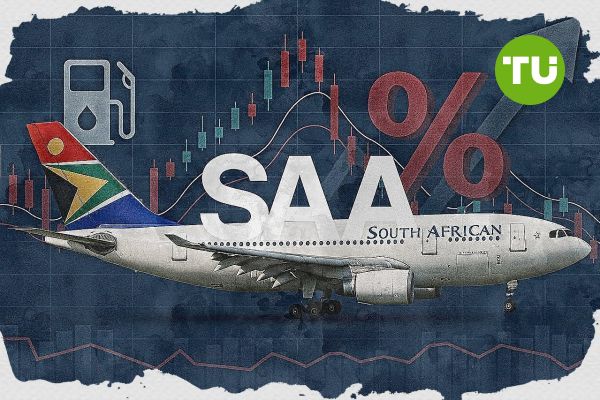SAA reports annual loss as fuel and aircraft costs rise
 SAA swings to loss on fuel, leasing and rand shocks.
SAA swings to loss on fuel, leasing and rand shocks.
South African Airways (SAA) has reported a R352 million loss for the financial year ending March 2025, reversing a R210 million profit from the prior year.
The national carrier attributed the sharp downturn to a 46% spike in fuel prices and a 30% rise in aircraft leasing costs, both driven by global market shocks and supply disruptions, Moneyweb informs.
Despite a 23% increase in revenue to R7 billion, the airline’s bottom line deteriorated significantly, highlighting the airline industry's vulnerability to volatile operating expenses.
External shocks and delayed deliveries strain performance
Fuel expenses rose to R1.9 billion, largely due to ongoing geopolitical tensions, including the Ukraine conflict. Compounding the financial pressure, SAA faced a global aircraft shortage, which forced the company to absorb higher leasing rates while also delaying delivery of new, budgeted aircraft. These delays contributed to an operational setback, with earnings before interest, taxes, depreciation, and amortization (EBITDA) flipping from a positive R436 million in 2024 to a negative R90 million in 2025.
Additionally, the volatile rand led to R415 million in currency translation losses, further eroding profitability.
Financial resilience despite operational headwinds
Despite the operating loss, SAA ended the fiscal year with a solid cash position of R1.4 billion, no borrowings, and R6.4 billion in equity. This balance sheet strength suggests that the airline remains financially stable in the short term, even as it grapples with a high-cost environment and delivery challenges.
As SAA seeks to navigate an increasingly complex global aviation landscape, the focus will now turn to cost controls, fleet efficiency, and exchange rate risk management in the year ahead.
In addition, we informed that South African rand falls as investors focus on G20 talks in Durban.













































































































































